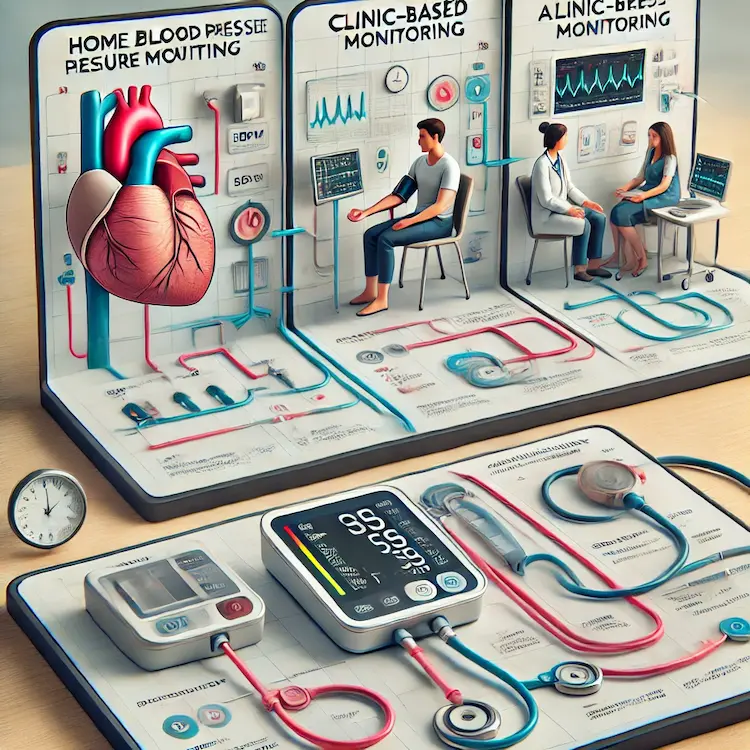Hypertension, commonly known as high blood pressure, is a significant health concern globally, including in the Philippines. Effective management of hypertension often necessitates strict adherence to prescribed medication regimens. Home Blood Pressure Monitoring (HBPM) has emerged as a valuable tool in enhancing medication adherence among hypertensive patients. This article delves into how HBPM can improve medication adherence, its importance, potential health and societal impacts, and relevant statistics, particularly in the context of the Philippines.
HBPM involves patients measuring their blood pressure at home using personal devices. This practice allows individuals to monitor their blood pressure regularly, providing real-time data that can be shared with healthcare providers for better management of hypertension.

Medication adherence refers to the extent to which patients take their medications as prescribed by their healthcare providers. High adherence to antihypertensive medication is associated with higher odds of blood pressure control. However, non-adherence remains a significant barrier to effective hypertension management. In the Philippines, the adherence rate is estimated to be 66% among those receiving treatment; thus, the hypertension control rate is only at 20%.
Several studies have demonstrated a positive correlation between HBPM and improved medication adherence. A systematic review found that self-monitoring of blood pressure leads to better adherence to antihypertensive therapy.
By regularly monitoring their blood pressure at home, patients become more engaged in their care, leading to increased adherence to medication regimens.
Improved medication adherence through HBPM can lead to better blood pressure control, reducing the risk of complications such as stroke, heart disease, and kidney failure. This not only enhances individual health outcomes but also alleviates the burden on the healthcare system. In the Philippines, where hypertension prevalence has been increasing—from 11% in 1992 to 28% in 2013—implementing HBPM could be a crucial strategy in combating this trend.
Various approaches have been employed to enhance medication adherence among hypertensive patients:
Among these methods, HBPM offers the added benefit of providing immediate feedback to patients, allowing them to observe the direct effects of their medication adherence on blood pressure levels.
For individuals in the Philippines considering HBPM to improve medication adherence, the following steps are recommended:

Home Blood Pressure Monitoring is a valuable tool in improving medication adherence among hypertensive patients. By empowering individuals to actively participate in their care, HBPM can lead to better health outcomes and contribute to the overall management of hypertension in the Philippines.